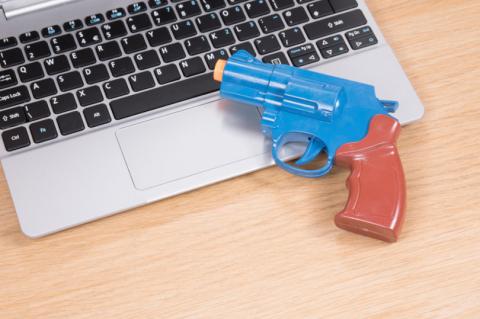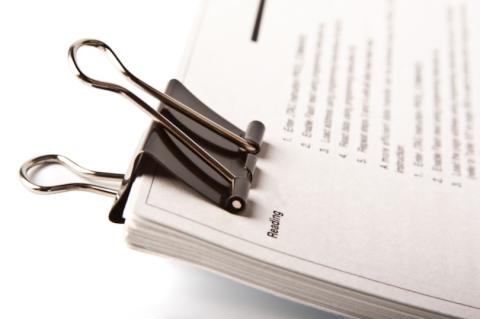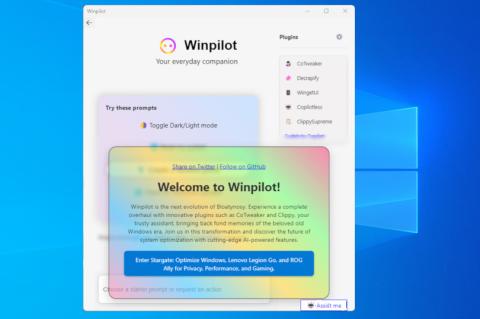Die O-Serie beschäftigt sich mit der Spezifikation von Messegeräten und -systemen.
General
O.1
Scope and application of measurement equipment specifications covered in the O-Series Recommendations
O.3
Climatic conditions and relevant tests for measuring equipment
O.6
1020 Hz reference test frequency
O.9
Measuring arrangements to assess the degree of unbalance about earth
Maintenance access
O.11
Maintenance access lines
Automatic and semi-automatic measuring systems
O.22
CCITT automatic transmission measuring and signalling testing equipment ATME No. 2
O.27
In-station echo canceller test equipment
O.33
Automatic equipment for rapidly measuring stereophonic pairs and monophonic sound-programme circuits, links and connections
Equipment for the measurement of analogue parameters
O.41
Psophometer for use on telephone-type circuits
O.42
Equipment to measure non-linear distortion using the 4-tone intermodulation method
O.61
Simple equipment to measure interruptions on telephone-type circuits
O.62
Sophisticated equipment to measure interruptions on telephone-type circuits
O.71
Impulsive noise measuring equipment for telephone-type circuits alias number V.55 and in H series under alias number H.13
O.72
[Withdrawn] Characteristics of an impulsive-noise measuring instrument for wideband data transmission
O.81
Group-delay measuring equipment for telephone-type circuits
O.82
Group-delay measuring equipment for the range 5 to 600 kHz
O.91
Phase jitter measuring equipment for telephone-type circuits
O.95
Phase and amplitude hit counters for telephone-type circuits
O.111
Frequency shift measuring equipment for use on carrier channels
Equipment for the measurement of digital and analogue/digital parameters
O.131
Quantizing distortion measuring equipment using a pseudo-random noise test signal
O.132
Quantizing distortion measuring equipment using a sinusoidal test signal
O.133
Equipment for measuring the performance of PCM encoders and decoders
O.150
General requirements for instrumentation for performance measurements on digital transmission equipment
O.151
Error performance measuring equipment operating at the primary rate and above
O.152
Error performance measuring equipment for bit rates of 64 kbit/s and N x 64 kbit/s
O.153
Basic parameters for the measurement of error performance at bit rates below the primary rate
O.161
In-service code violation monitors for digital systems
O.162
Equipment to perform in-service monitoring on 2048, 8448, 34 368 and 139 264 kbit/s signals
O.163
Equipment to perform in-service monitoring on 1544 kbit/s signals
O.171
Timing jitter measuring equipment for digital systems
O.181
Equipment to assess error performance on STM-N interfaces
O.191
Equipment to measure the cell transfer performance of ATM connections
O.201
Q-factor test equipment to estimate the transmission performance of optical channels
O.211
Test and measurement equipment to perform tests at the IP layer


